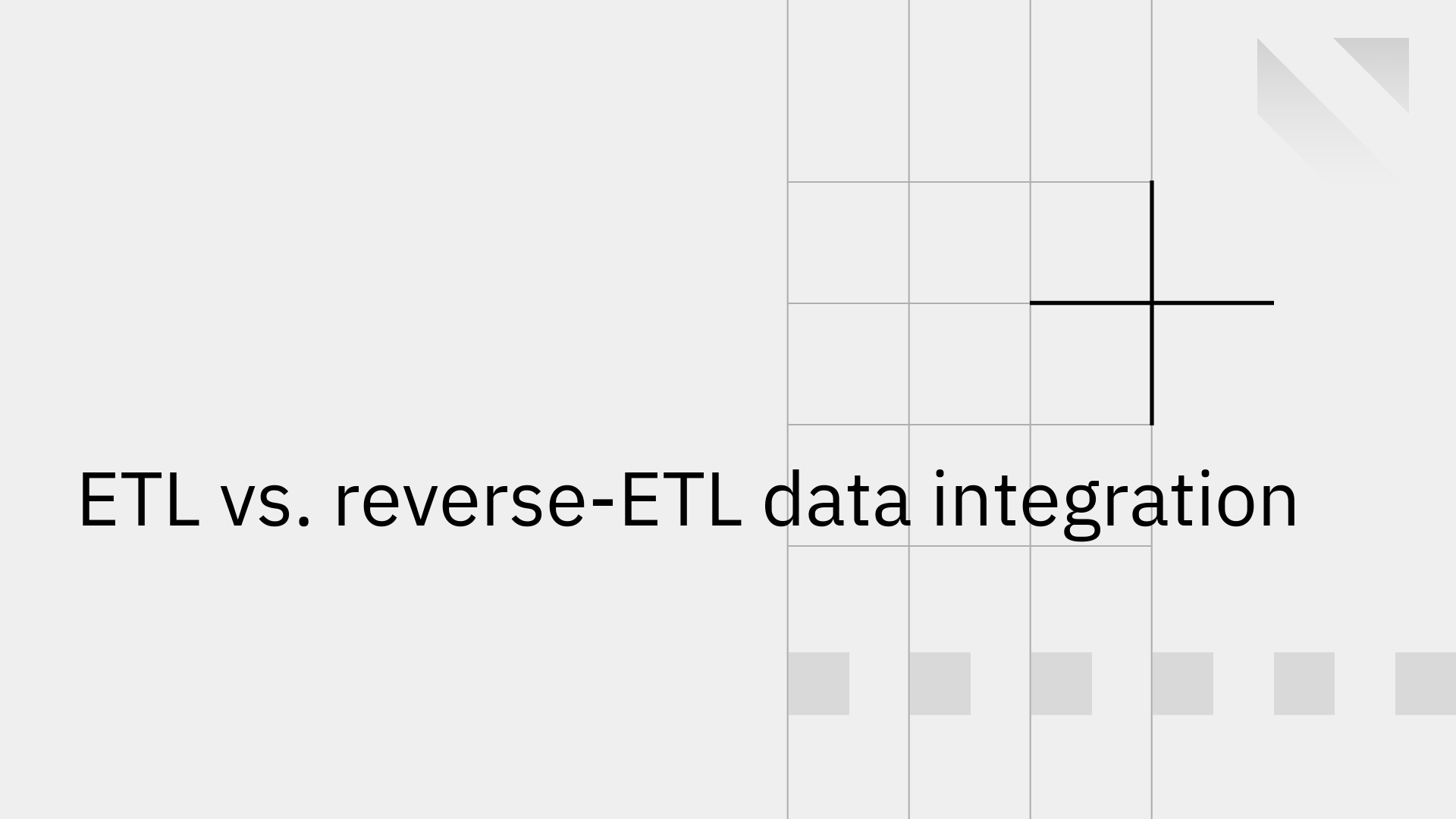
In today's business world, data is everywhere. It comes from your website, your sales software, your marketing tools, and countless other sources. To make smart decisions, you need to connect all these pieces of information.
This process is called data integration, and two of the most important methods are ETL and Reverse ETL.
While they sound related, they are actually opposites. This guide will break down what each one does, how they differ, and why your business needs both. We will also clarify the common ETL vs ELT difference to give you a complete picture of modern data workflows.
ETL, which stands for Extract, Transform, and Load, is the traditional way businesses have gathered data for analysis. Think of it as a data pipeline that collects raw information from many places and prepares it for your analytics team.
The process happens in three stages:
The main goal of ETL is to bring all your data together in one place so you can use it for business intelligence (BI), create reports, and find valuable insights [1].
Reverse ETL does exactly what its name suggests: it moves data in the opposite direction of a traditional ETL process. Instead of pulling data into a warehouse, it pushes clean, processed data out of the warehouse and into the tools your teams use every day.
Here’s how it works:
The purpose of Reverse ETL is to make your data actionable. It puts powerful insights directly into the hands of your front-line teams, helping them work smarter and more effectively [3].
The main differences between ETL and Reverse ETL come down to the direction of data flow, the ultimate goal, and who uses the final data [4]. Both processes are essential for a holistic data strategy, but they solve different problems [5].
This table provides a simple breakdown:
When discussing data integration, you will often hear about the ETL vs ELT difference. ELT, which stands for Extract, Load, Transform, is a more modern approach that flips the last two steps of the traditional ETL process [6].
In an ELT model, raw data is extracted and loaded directly into a cloud data warehouse. All the transformation happens inside the warehouse, using its powerful computing resources [7].
This method is often faster and more flexible, especially when dealing with large amounts of unstructured data, because it doesn't require a separate engine for transformation. Choosing the right approach depends on your specific needs, and it helps to understand which data integration strategy to use for your business.
ETL and Reverse ETL are not competing technologies; they are two sides of the same coin. Together, they create a complete, circular data loop that ensures the insights you generate lead to real-world results.
Here’s how the loop works:
This unified approach breaks down data silos and ensures your investment in data analytics pays off. With a platform that enables real-time ETL and Reverse ETL, you can make this data loop seamless and powerful.
The next step in data integration goes beyond separate, one-way pipelines. True bi-directional, or two-way, sync keeps data consistent across all your systems in real time, no matter where a change is made.
For example, imagine a sales rep updates a customer’s email in your CRM at the same time an automated process updates that customer's company information in the data warehouse.
With separate ETL and Reverse ETL jobs, these changes could conflict or overwrite each other. A bi-directional sync platform intelligently manages both updates, ensuring data remains accurate and consistent everywhere. You can learn more in our 2025 ultimate guide to ETL vs. ELT for bi-directional sync.
Juggling separate tools for ETL, Reverse ETL, and custom syncs is complex, costly, and inefficient. Stacksync offers a unified platform that simplifies all of your data integration needs.
We go beyond simple one-way data pushes to deliver true bi-directional synchronization that keeps your entire tech stack in perfect harmony.
With Stacksync, you can move from basic data pipelines to a complete operational sync strategy. Our platform provides:
While Reverse ETL is a step in the right direction, a true data-driven organization requires more. Upgrading to a full operational sync strategy is key to unlocking your data’s full potential.
To build an effective data strategy, you must understand how information flows through your organization. ETL, ELT, and Reverse ETL are all critical pieces of that puzzle.
To summarize:
The future of data integration lies in unifying these flows. Modern platforms like Stacksync lead this charge by offering real-time, bi-directional synchronization that empowers your entire organization with consistent and reliable data.